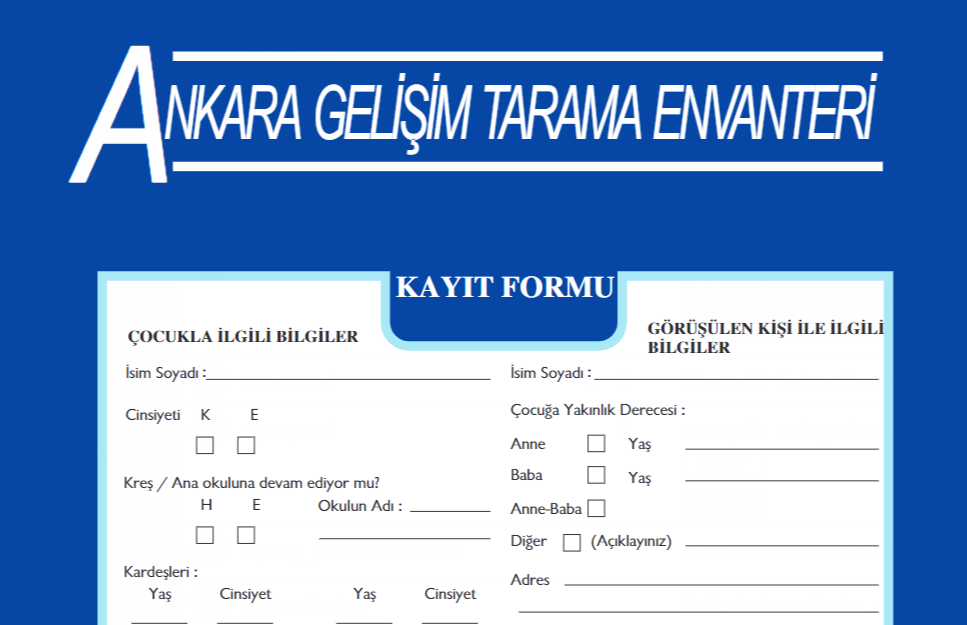What is the PROMPT Method?

PROMPT stands for Prompts for Restructuring Oral Muscular Phonetic Targets.
PROMPT is a highly successful treatment method for children with motor speech disorders such as apraxia or dysarthria. Adults with similar conditions have also been shown to benefit from the PROMPT method.
Originally developed by speech therapist Deborah Hayden in the 1970s, PROMPT began as a treatment option for children with severe motor impairments who did not respond to traditional speech therapy methods. In devising the PROMPT method, Hayden envisioned a tactile-kinesthetic way of practicing speech therapy.
As Hayden originally conceived it, PROMPT is both a method and a philosophy. It promotes a holistic approach to speech therapy and treats human communication as a fusion of social-emotional, cognitive-linguistic, and physical-sensory faculties.
PROMPT continues to evolve to this day, and therapists are constantly incorporating new research and empirical data into their PROMPT methods. The PROMPT Institute, a non-profit based in Santa Fe, New Mexico, is dedicated to making the PROMPT method available for any and all children around the world suffering from motor speech disorders.
PROMPT is widely accepted as a treatment method for children ages 6 months and older who may have autism, apraxia, dysarthria, cerebral palsy, or other motor speech disorders. The PROMPT method centers on a tactile-kinesthetic approach to speech therapy.
During PROMPT, a speech-language pathologist manually guides a patient’s articulators—jaw, lips, vocal folds, and tongue—by targeting certain words, phrases, or sentences. They use touch cues to shape and support the proper movements of the articulators. In doing so, the therapist helps the patient produce phonemes, or the smallest units of sound that distinguish one word from another.
Together, the therapist and child progress through the hierarchy of sounds at a steady pace, moving to more sounds only when the patient is ready. The patient learns through assistance and repetition to plan, organize, and create steadily more advanced vocal sounds
PROMPT is literally a hands-on method of improving speech. At the beginning, the therapist relies heavily on touch cues to guide patients. As speech skills improve, the touch cues like training wheels are gradually removed.
Just as important as the touch cues are the social and emotional aspects of communication and speech production. The PROMPT method recognizes that practical activities and social interactions are key parts of a child’s linguistic development. As such, the PROMPT method promotes a holistic approach in which the physical, cognitive and social elements are all taken into account.
References
This article was written by Erin Vollmer. You can read the original version from here.







